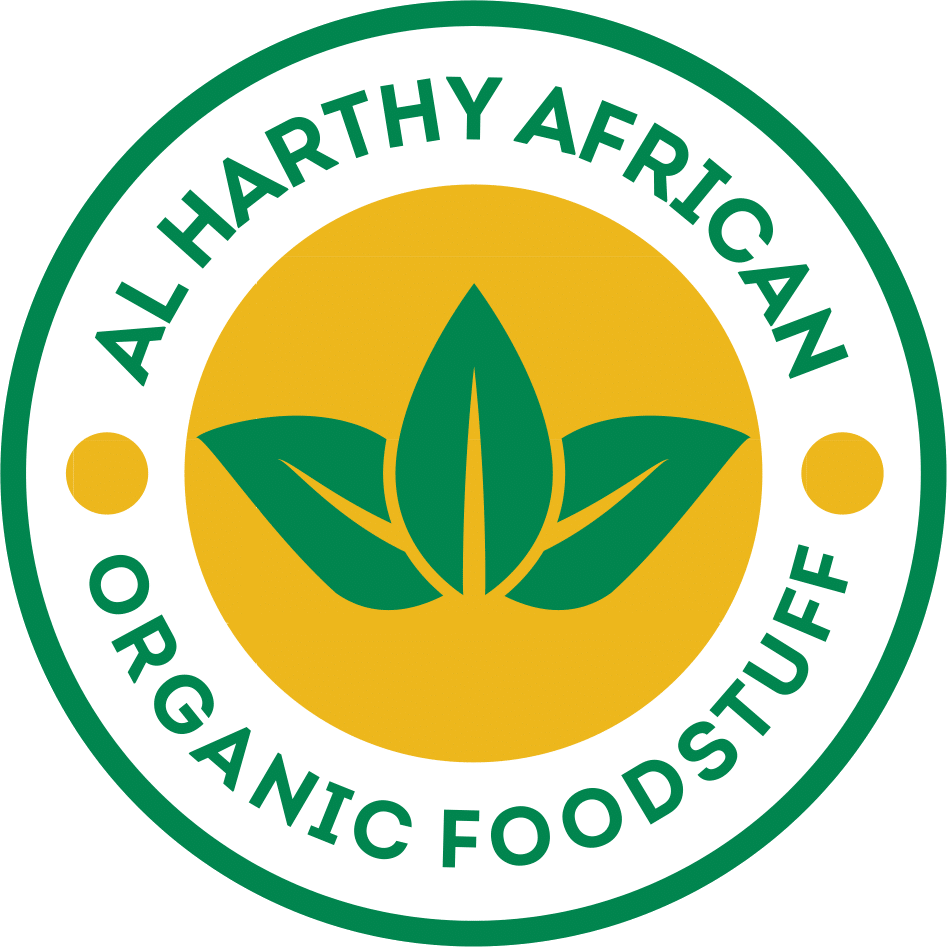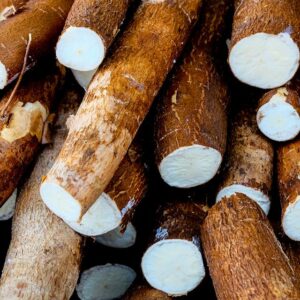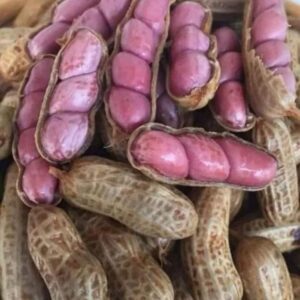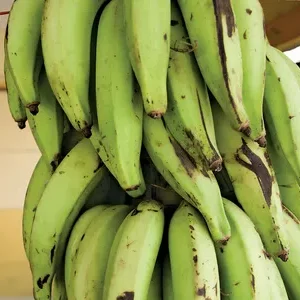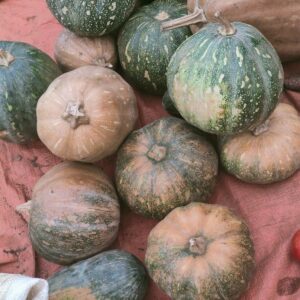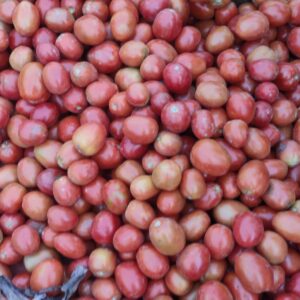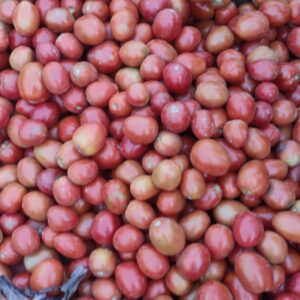-
Apple Banana(Sweet)
ر.ع.1.60Banana grows throughout the year and can be harvested all year round. Bananas are produced in 135 countries and territories across the tropics and subtropics. They need a series of recommendations such as direct sun, low wind, good drainage in the soil and irrigation approximately two or three times a week.
-
Cassava Fresh
ر.ع.1.60Cassava is a root vegetable, which is known in botanical terms as ‘Manihot esculenta’ is a globally cultivated item despite its South American origin. It is also widely known as manioc, and also popular as the source of tapioca starch. Cassava is used in numerous ways in global cuisines. They can be made into ethnic traditional main dishes as well as side dishes. In addition to this, cassava starch is used as a gluten-free alternative for wheat and as a thickener.
-
Cassava Frozen
ر.ع.1.40Cleaned of its rough skin, frozen cassava is given to you in a ready to eat form. Particularly indigenous to the lands of South America and Asia, these woody shrubs can be prepared along the lines of making potatoes.
-
Egg Plant
ر.ع.1.80Eggplants are warm-season crops which require a long growing season. They grow best in regions where the daytime temperature is between 26 and 32°C (80 – 90°F) and night time temperatures around 21°C (70°F).Eggplants will perform best when planted in a fertile soil with a pH between 6.3 and 6.8.
In tropical and subtropical climates, eggplant can be sown directly into the garden. -
Ginger
ر.ع.1.80Ginger is a knobby, multiple “fingered” rhizome with light to dark tan skin with occasional rings. The thickness of the skin depends on whether the rhizome was picked early or when more mature. The flesh is firm yet fibrous. Ginger is aromatic, pungent and spicy.Gingerol is the primary compound that gives fresh Ginger its spicy pungency, when Ginger is dried its flavor is intensified (Gingerol converts to shogaol) and when cooked, Ginger is less pungent (Gingerol converts to zingerone).
-
Green Matooke Fresh
ر.ع.1.60There are various types of banana species, we mostly trade in the two pictured above types. For picture1 is one used as sweet banana when is ripe it turns yellow and is very taste. For picture2 is used as cooked for meals and also very taste. Bananas are available year-round and distinguished by their size, texture and flavor.
-
Green Matooke Frozen
ر.ع.1.50There are various types of banana species, we mostly trade in the two pictured above types. For picture1 is one used as sweet banana when is ripe it turns yellow and is very taste. For picture2 is used as cooked for meals and also very taste. Bananas are available year-round and distinguished by their size, texture and flavor.
-
Ground Nuts
ر.ع.1.70Groundnut, popularly known as the peanut is a leguminous crop cultivated for edible purposes. It is found exclusively in tropical and subtropical regions of the world. Groundnut is valued as a rich source of energy contributed by oil (48–50%) and protein (25–28%) in the kernels.
-
Maize
ر.ع.1.70In most countries, the grain of the Zea mays plant is called maize. In the United States, it’s called corn. Maize grows best on well-drained soils that have good water-holding characteristics. Sweet corn seed generally is planted when soil temperatures reach at least 55°F and the possibility of hard frosts (24°F or lower) has passed in the area.
-
Plantain Banana
ر.ع.1.60A plantain is actually a type of banana, but with a different flavor and culinary use. Like bananas they are originally from Southeast Asia, but they’re grown all over the world today. They are larger in size than bananas, and have a thicker skin.
-
Pumpkin
ر.ع.1.60Pumpkins are a member of the Cucurbitaceae family. Fruit size varies from 5 to 30 kilograms, depending on variety. Pumpkins grow best on soils that hold water well and have good air and water infiltration rates. Soil should have a pH of 5.8 – 6.6.The best average temperature range for Pumpkin production during the growing season is between 18°C and 35°C.
-
Sweet Potato
ر.ع.1.60Despite its name, the sweet potato is not related to the potato. Sweet potatoes belong to the morning glory family, while potatoes are members of the Solanaceae family, which also includes tomatoes, red peppers and eggplant. Sweet potatoes are tuberous roots and potatoes are actually swollen stems.Sweet potatoes grow best in long hot summers at temperatures of 21–26°C (70–80°F).
-
Tomato
ر.ع.0.40Tomato is the most important and the largest producing food crop in the world. It is a warm-season vegetable and cannot thrive in the frost and humidity season. It can grow anywhere, outdoors as well as indoors. You can also start tomato crop cultivation in cereals, grains, pulses, and oilseeds crops. Types of tomato plant cultivation generate more productivity and high economic value.
-
